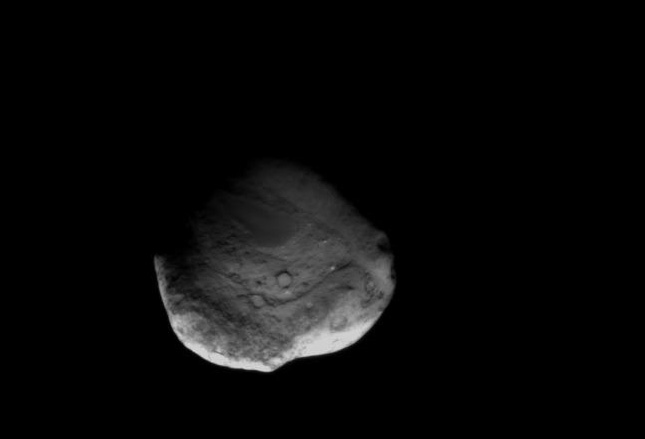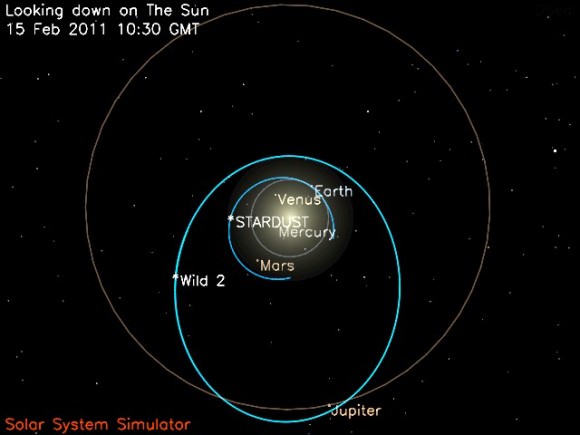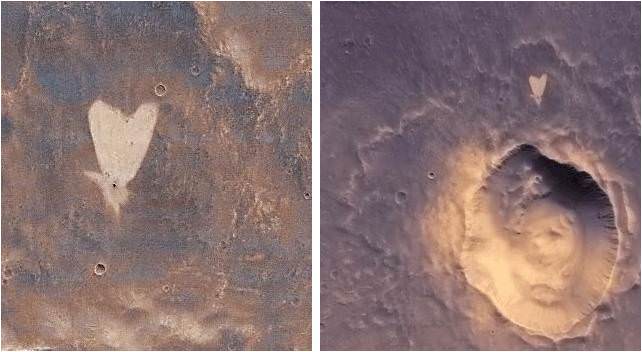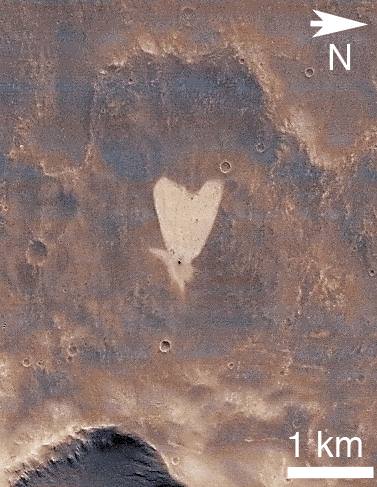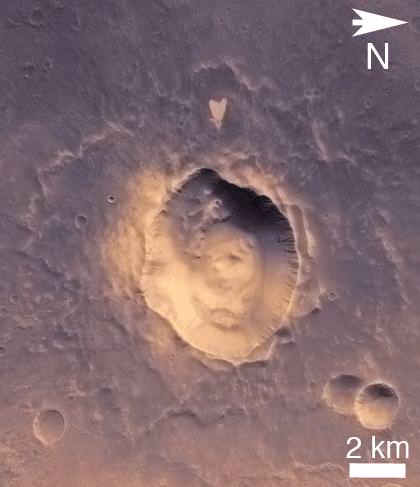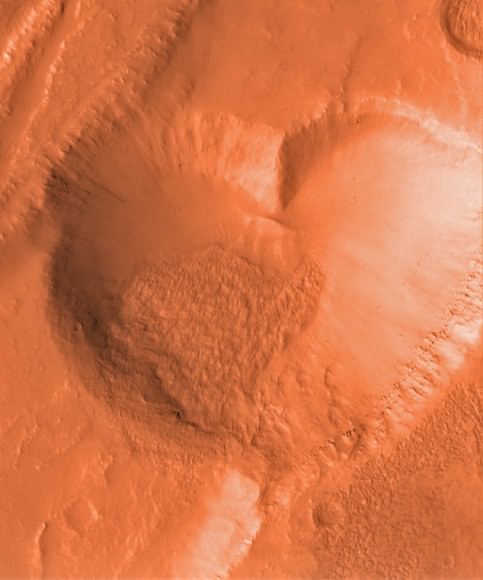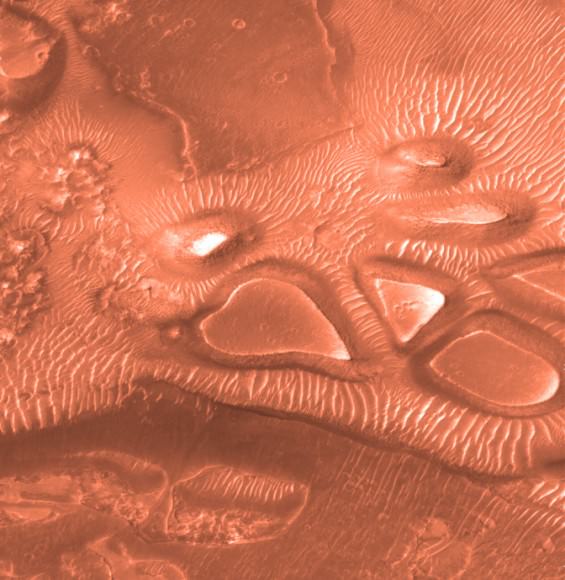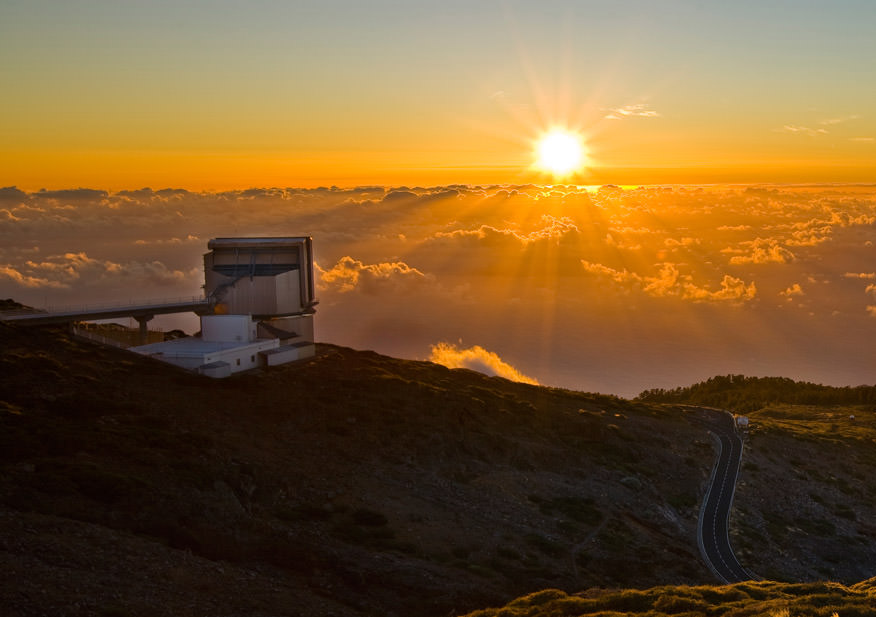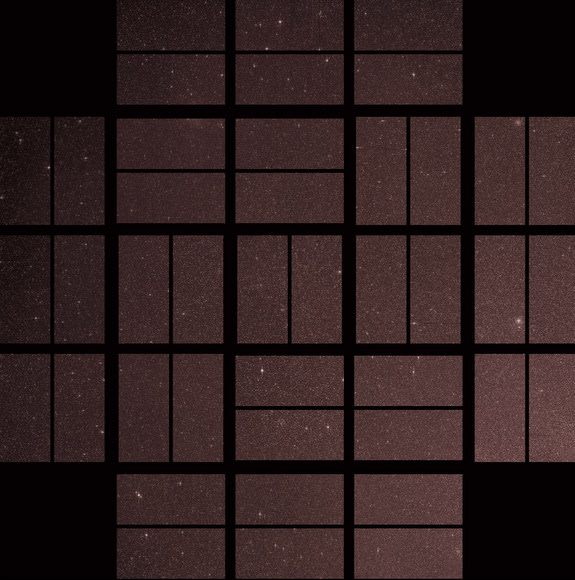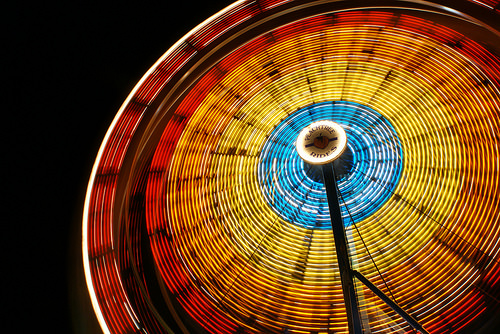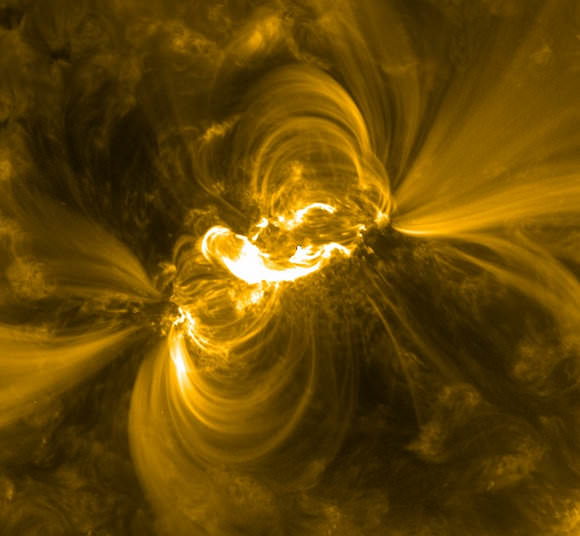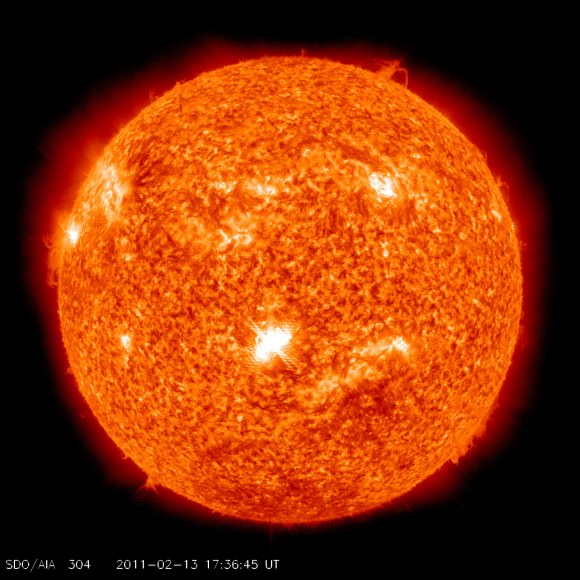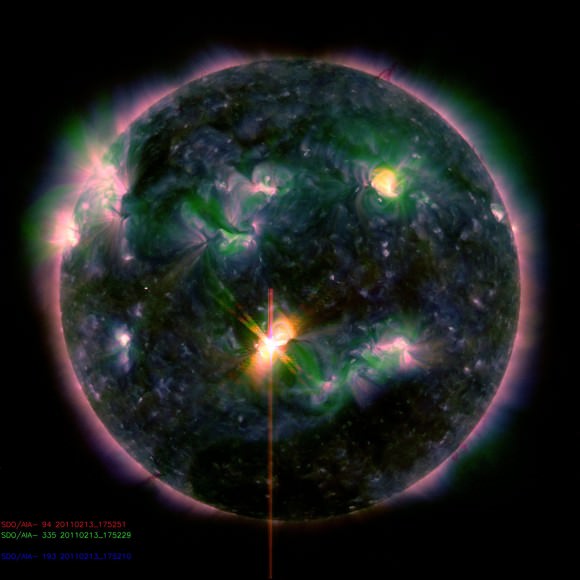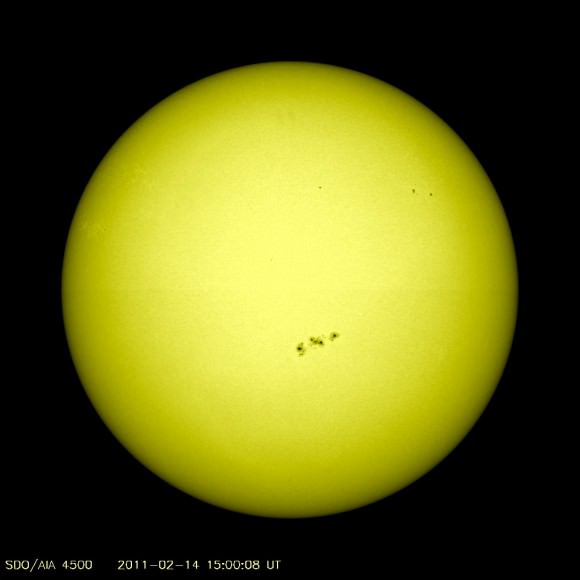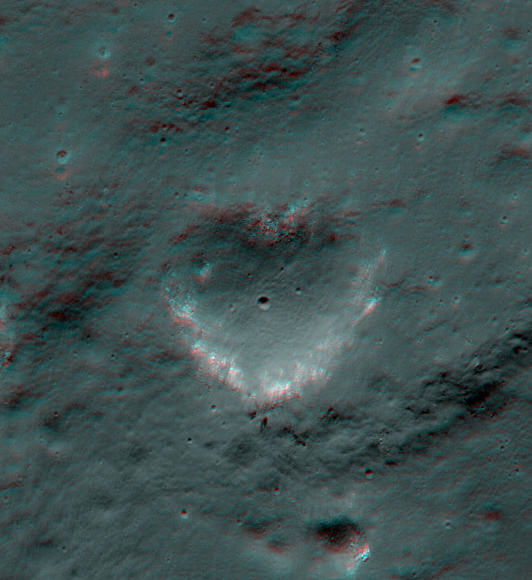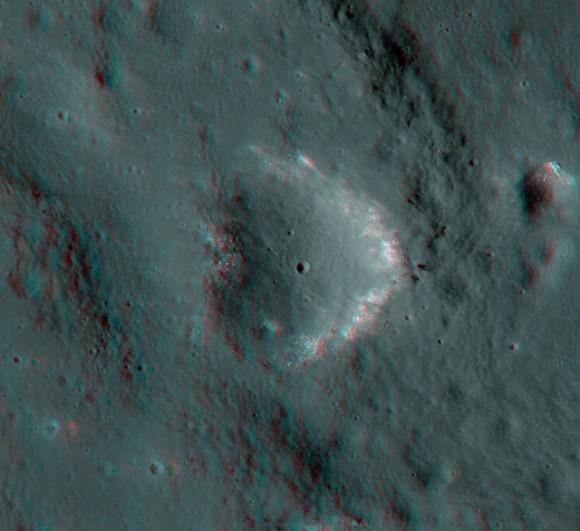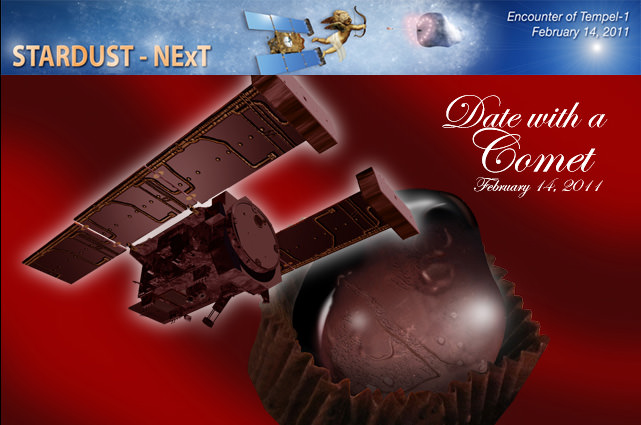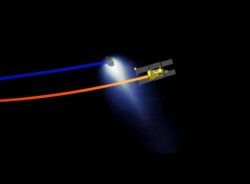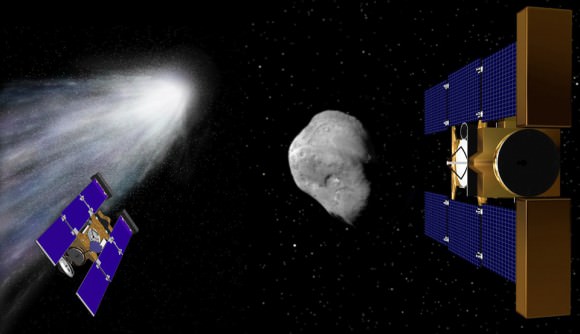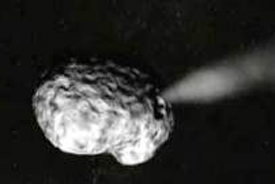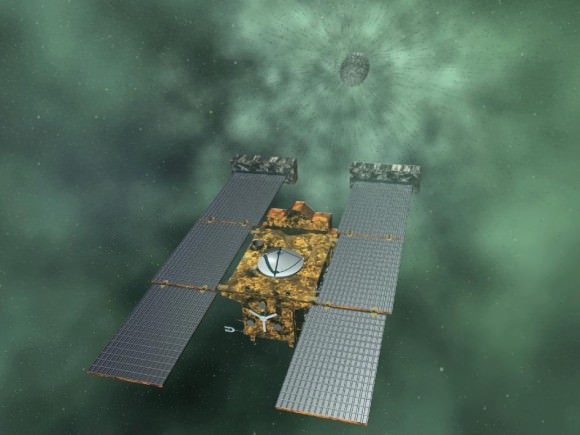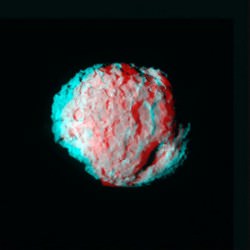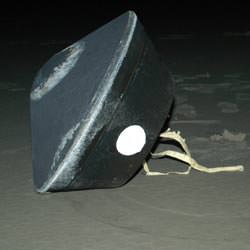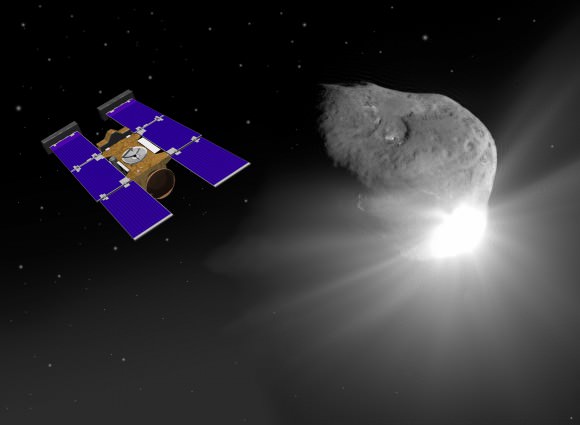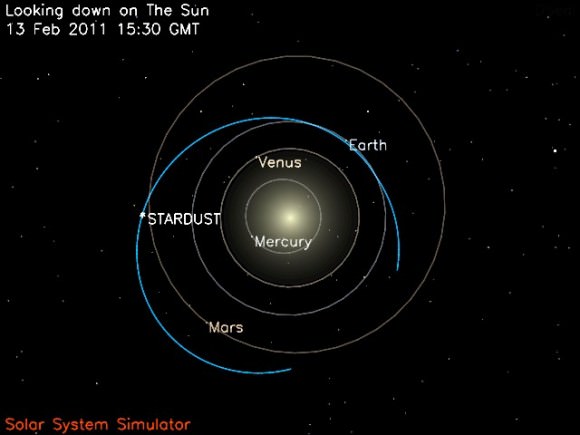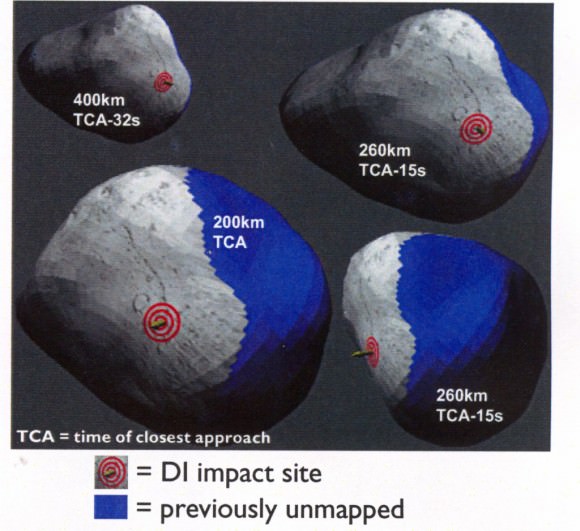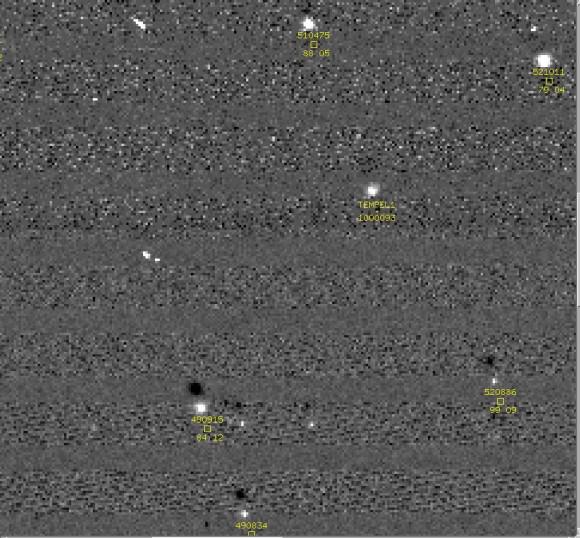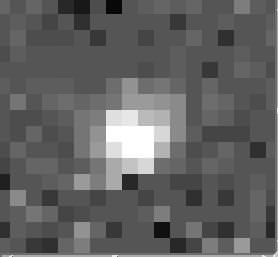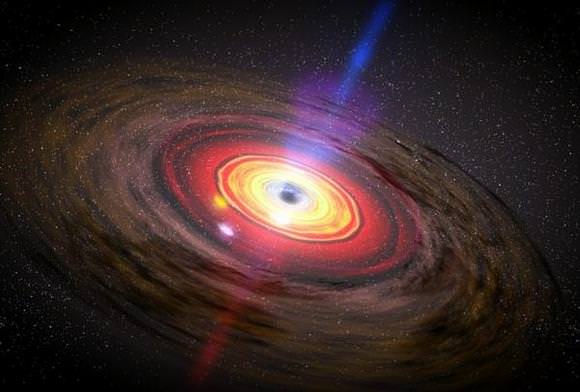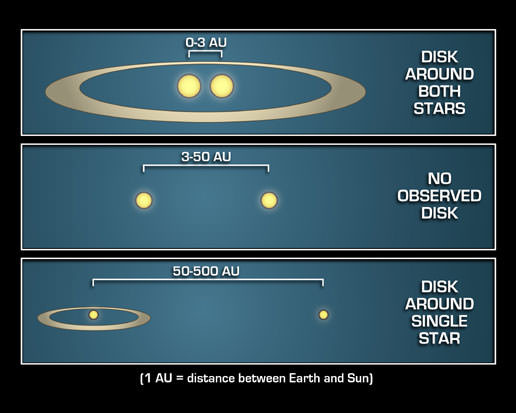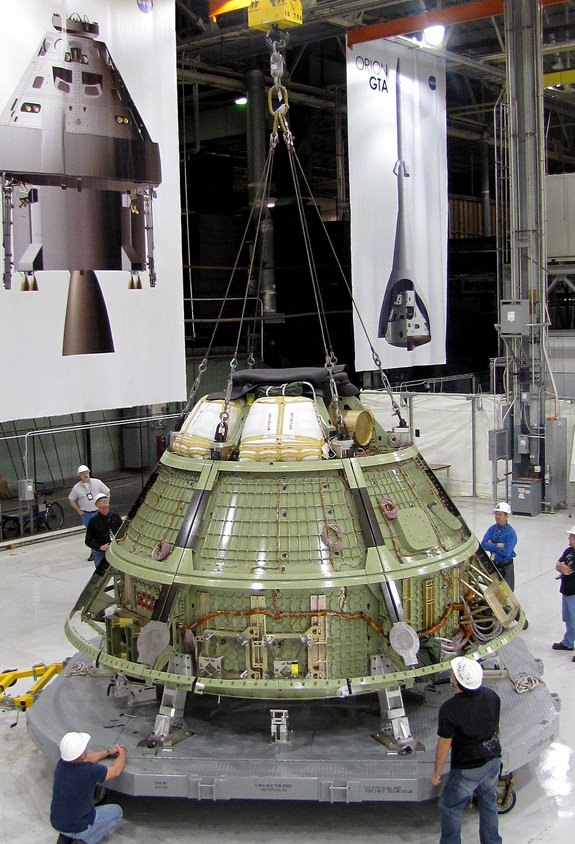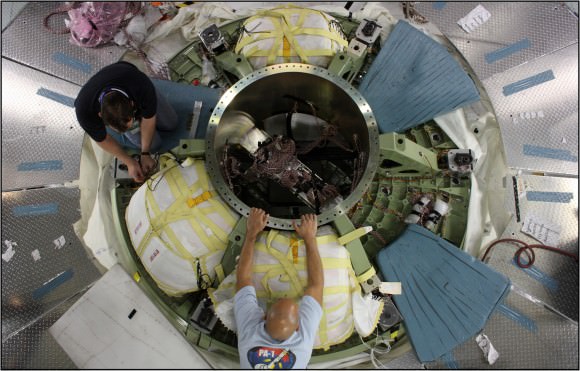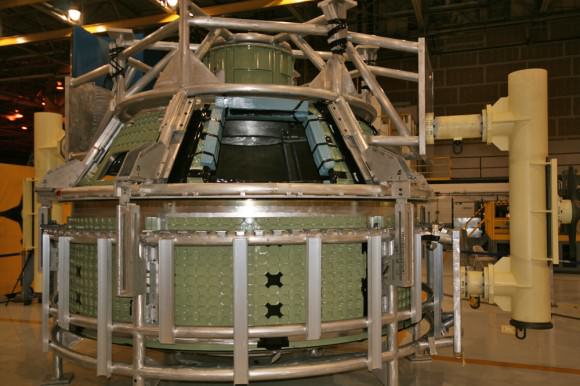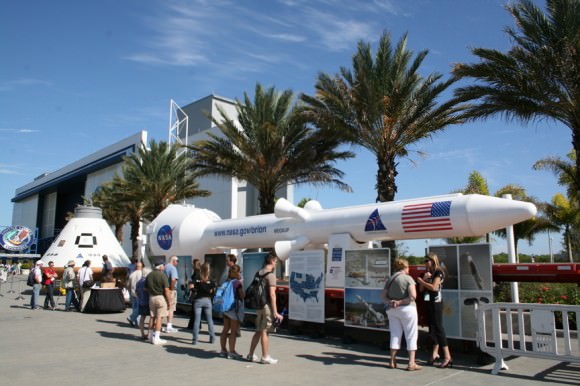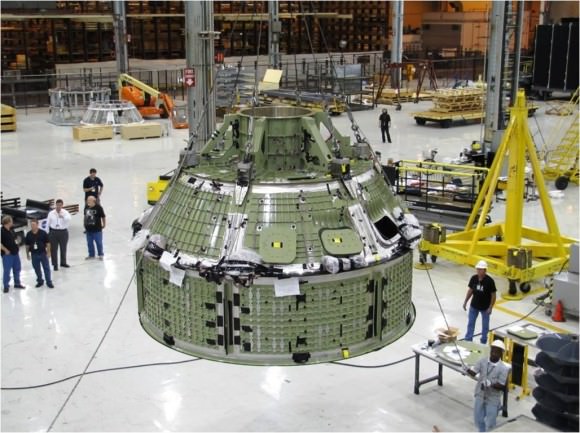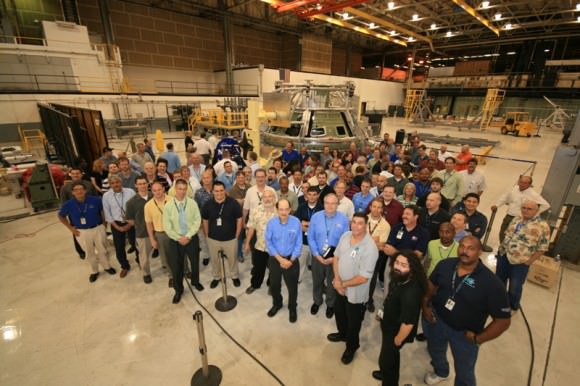[/caption]
NASA’s Stardust-NExT comet chaser successfully zoomed by Comet Temple 1 exactly as planned a short while ago at 11:37 p.m. EST on Feb. 14.
The cosmic Valentine’s Day encounter between the icy comet and the aging probe went off without a hitch. Stardust snapped 72 science images as it raced by at over 10 km/sec or 24,000 MPH and they are all centered in the cameras field of view. The probe came within 181 km (112 miles) of the nucleus of the volatile comet.
The images are being transmitted back now and it will take a several hours until the highest resolution images are available for the science team and the public to see. The first few images from a distance of over a thousand miles can be seen here
Tempel 1 is the first comet to be visited twice by spaceships from Earth. The primary goal was to find out how much the comet has changed in the five years since she was last visited by NASA’s Deep Impact mission in 2005, says Joe Ververka of Cornell University, who is the principal investigator of the Stardust-NExT mission. Deep Impact delivered a 375 kg projectile which blasted the comet and created an impact crater and an enormous cloud of dust so that scientists could study the composition and interior of the comet.
“We are going to be seeing the comet just after its closest passage to the sun. We know the comet is changing because the ice melts. We hope to see old and new territory and the crater and complete the Deep Impact experiment.”
Stardust-NExT is a repurposed spacecraft. Initially christened as Stardust, the spaceships original task was to fly by Comet Wild 2 in 2004. It also collected priceless cometary dust particles from the coma which were safely parachuted back to Earth inside a return canister in 2006. High powered science analysis of the precious comet dust will help researchers discern the origin and evolution of our solar system.
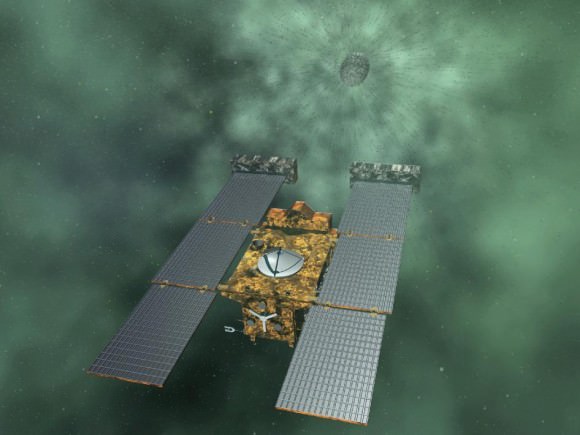
Artist concept of NASA's Stardust-NExT mission, which will fly by Comet Tempel 1 on Feb. 14, 2011. Credit: NASA/JPL-Caltech/LMSS
Stardust was hurriedly snapping high resolution pictures every 6 seconds and collecting data on the dust environment during the period of closest approach which lasted just about 8 minutes. The anticipation was building after 12 years of hard work and a journey of some 6 Billion kilometers (3.5 Billion miles)
“The Stardust spacecraft did a fantastic job,” says Tim Larson, the Stardust-NExT mission project manager from the Jet Propulsion Laboratory (JPL), Pasadena, Calif. “Stardust has already flown past a asteroid and a comet and returned comet particles to Earth”
“Because of the flyby geometry the antenna was pointed away from earth during the encounter. Therefore all the science images and data was stored in computer memory on board until the spacecraft was rotated to point towards Earth about an hour after the flyby.”
Each image takes about 15 minutes to be transmitted back to Earth by the High Gain Antenna at a data rate of 15,800 bits per second and across about 300 million miles of space.
NASA had bracketed five special images from the closest range as the first ones to be sent back. Instead, the more distant images were sent first. It will take about 10 hours to receive all the images.
So everyone had to wait a few hours longer to see the fruit of their long labor. Most of the team from NASA, JPL and Lockheed Martin has been working on the mission for a dozen years since its inception.
“We had a great spacecraft and a great team,” says Ververka. “Apparently, everything worked perfectly. The hardest thing now is we have to wait a couple of hours before we see all the goodies stored on board.”
The entire flyby was carried out autonomously using a preprogrammed sequence of commands. Due to the vast distance from Earth there was no possibility for mission controllers to intervene in real time.
Confirmation of a successful fly by and science imaging was not received until about 20 minutes after the actual event at about 11:58 p.m. EST. The dust flux monitor also registered increased activity just as occurred during the earlier Stardust flyby of Comet Wild 2 in 2004.
The Stardust-NExT science briefing on NASA TV will be delayed a few hours, until perhaps about 4 p.m. EST
Check back here later at Universe Today, on Tuesday, Feb. 15 for continuing coverage of the Valentine’s Day encounter of Stardust-NExT with the icy, unpredictable and fascinating Comet Tempel 1
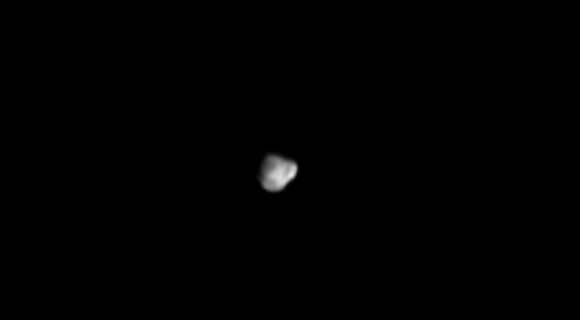
NASA's Stardust-NExT mission took this image of comet Tempel 1 at 8:36 p.m. PST (11:36 p.m. EST) on Feb 14, 2011, from a distance of approximately 2200 km (1360 miles). The comet was first visited by NASA's Deep Impact mission in 2005. Credit: NASA/JPL-Caltech/Cornell
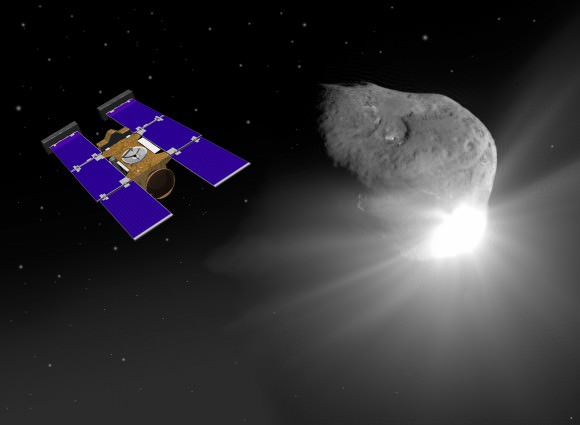
Artist rendering of upcoming flyby on February, 14, 2011. Credit: NASA
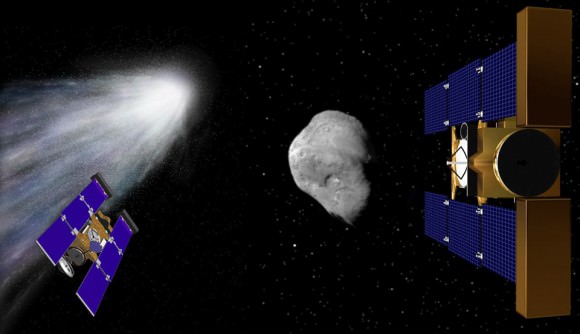
Stardust-NExT made history on Valentine’s Day - February, 14, 2011 – Tempel 1 is the first comet to be visited twice by spacrecraft from Earth. Stardust has now successfully visited 2 comets and gathered science data: Comet Wild 2 in 2004 (left) and Comet Tempel 1 in 2011 (right). Artist renderings Credit: NASA. Collage: Ken Kremer.

